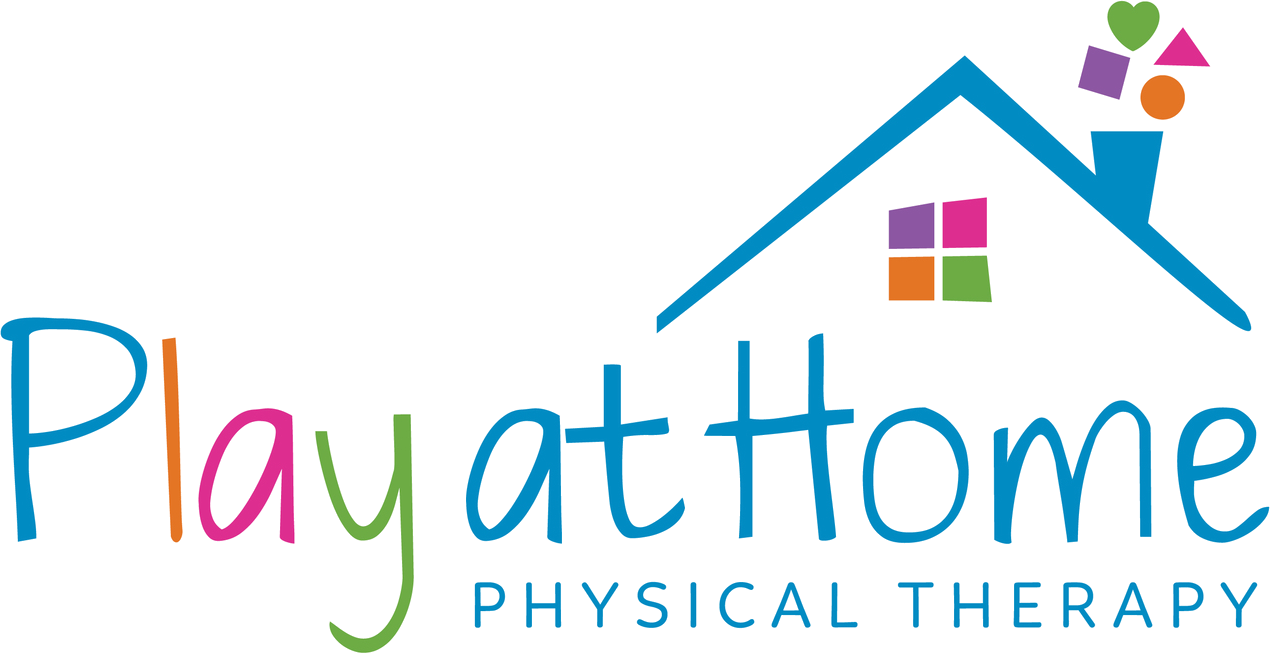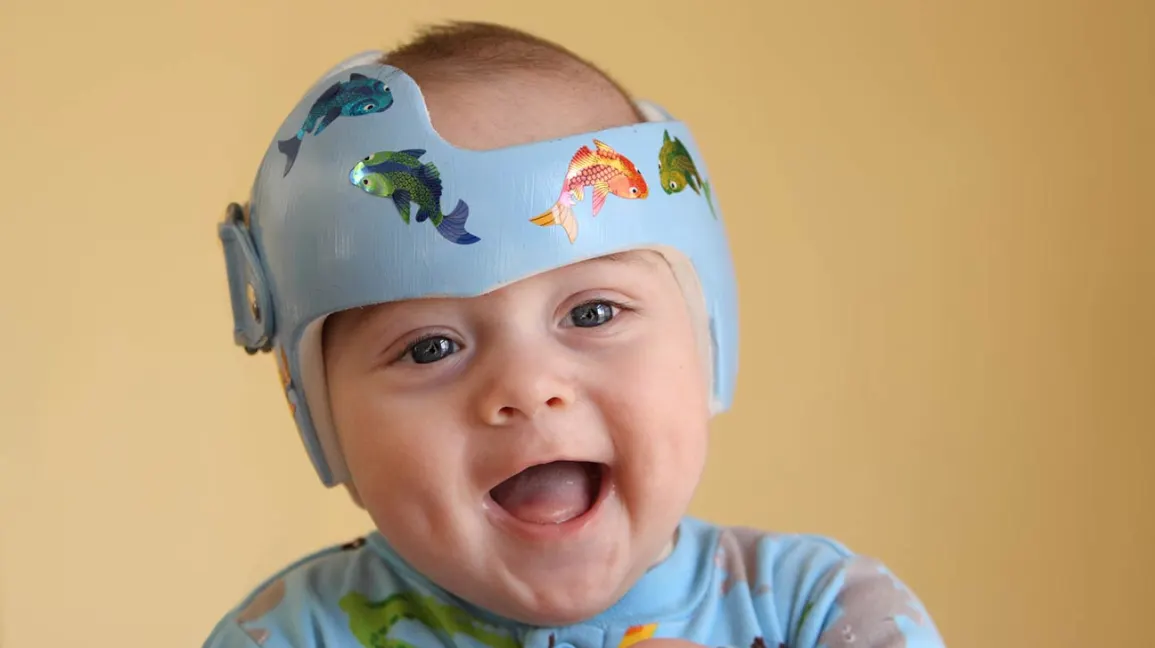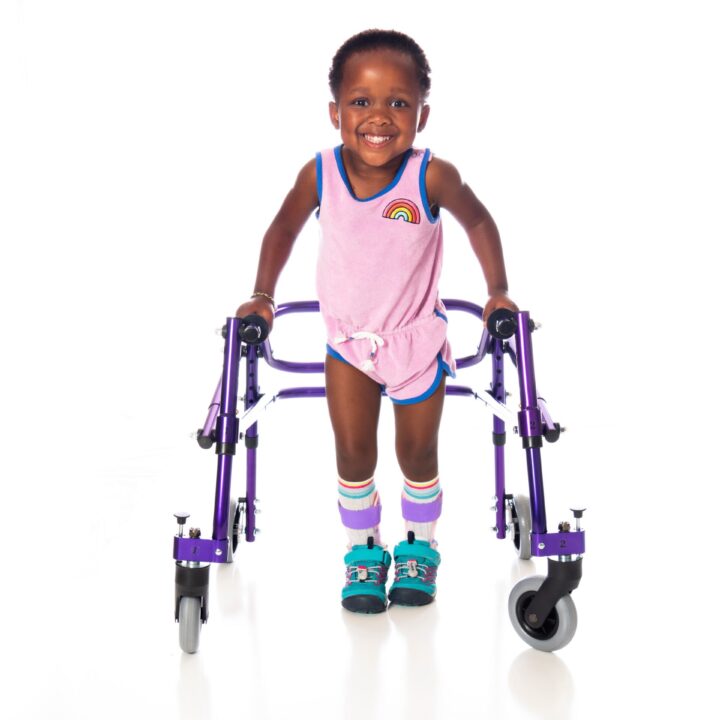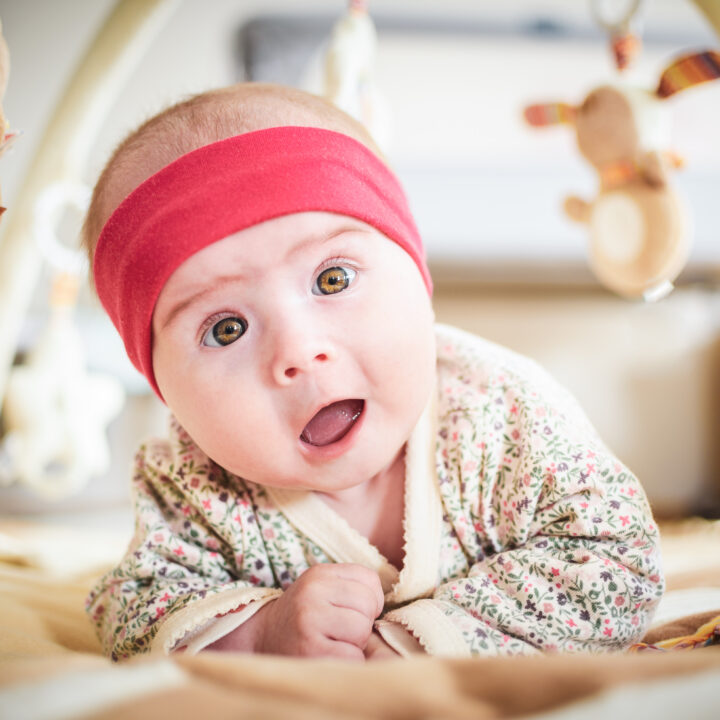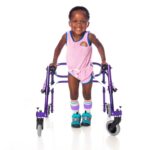
Durable Medical Equipment Options for Children with Cerebral Palsy
November 13, 2023Early referral to physical therapy when a flat spot is first noticed on a baby’s head can provide significant benefits, potentially circumventing the need for a cranial molding helmet. Physical therapists work with babies to promote movements that can help correct the shape of the head. This can involve exercises to strengthen neck muscles and encourage the baby to turn their head in different directions. It can also involve altering the baby's position when they're sleeping or playing to relieve pressure on the flattened part of their head. These non-invasive techniques can result in natural, gradual improvements in head shape. Early intervention through physical therapy can thus lead to successful plagiocephaly treatment, reducing the need for a more invasive solution like a cranial molding helmet.
These specialized helmets are designed to gently reshape the baby's head over time, providing even pressure to the flat areas and allowing for natural growth in the desired direction. The helmet is typically worn for 23 hours a day and can be adjusted as the baby's head grows to ensure proper fit and continued progress.
Let's talk about evidence for PT and helmets!
Early referral to PT should be the first line of action when a flat spot is observed on a baby's head. Ideally, this happens before 2 months old. Infants younger than 4 months old are much easier to reposition and tolerate new positions better than infants older than 4 months old. Many PT's use the Plagiocephaly Severity Scale to help determine if a baby needs to be referred to an orthotist for a helmet evaluation. This scale is a valuable tool for objectively measuring cranial asymmetry, providing insights into the level of severity and tracking progress throughout the treatment. The guidelines for this scale are outlined in the resource provided by the Pediatric Physical Therapy website, ensuring that care providers can apply a consistent standard when evaluating each case1. Your PT should be doing serial measurements of your baby's head shape at each session to determine if repositioning is effective. If it is not, then it is best to get a referral for a helmet evaluation between 4 and 5 months old2.
One of the principal benefits of cranial molding helmets is their effectiveness. A study in the Plastic and Reconstructive Surgery Journal found that helmets resulted in significant improvements in head shape compared to no treatment2. Furthermore, helmet treatment was most effective in children who began wearing helmets between 5 and 6 months of age.
Another notable advantage of cranial molding helmets is their safety. The American Academy of Pediatrics (AAP) confirms that when used under the supervision of a trained healthcare professional, these helmets pose no risk to infants and usually cause no discomfort3.
Lastly, the psychological benefits cannot be overlooked. A study conducted by the AAP found that untreated plagiocephaly can lead to appearance-related concerns and potential psychosocial impact in the future4. The use of cranial molding helmets thus also supports the child's future mental and social wellbeing.
In summary, a combination of pediatric physical therapy and helmet therapy are effective ways to treat plagiocephaly. The ultimate goal is to correct a baby's head shape with repositioning and avoid a helmet, which is best achieved when a baby is referred to PT before 2 months old.
References
1 "Plagiocephaly Severity Scale", Pediatric Physical Therapy section of the American Physical Therapy Association.
2 Helmet Treatment for Plagiocephaly and Brachycephaly, Plastic and Reconstructive Surgery Journal.
3 Positional Skull Deformities in Infants, The American Academy of Pediatrics.
4 Neurodevelopment in Children With Single-Suture Craniosynostosis and Plagiocephaly Without Synostosis, The American Academy of Pediatrics.
